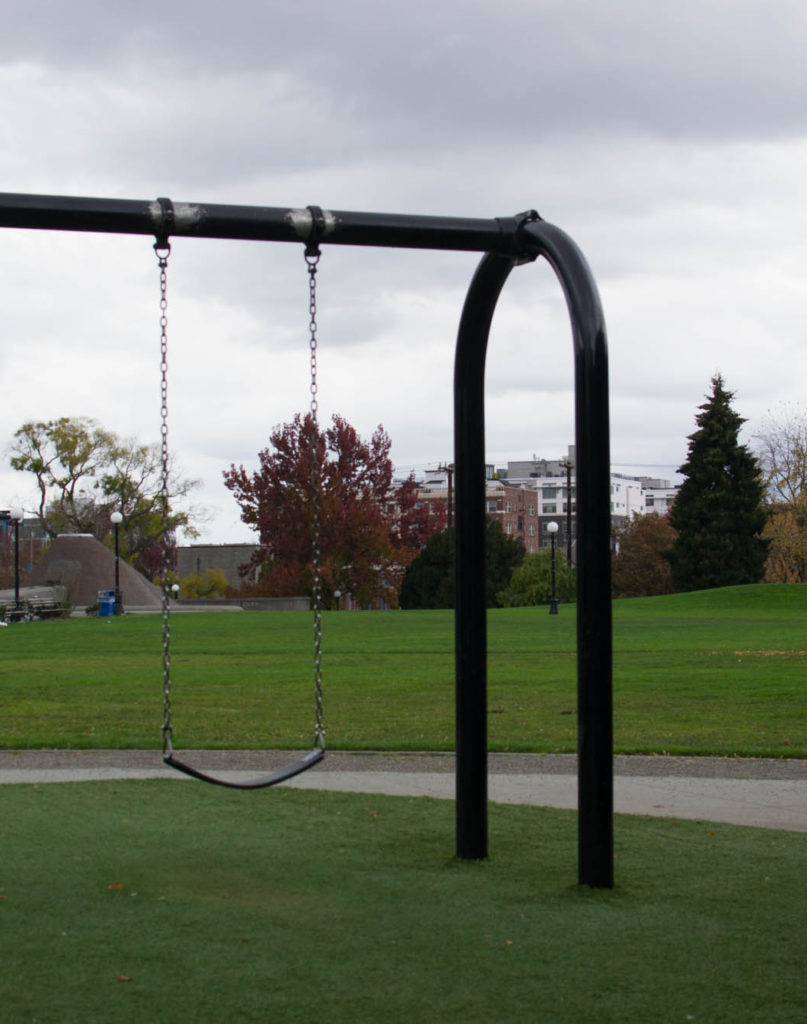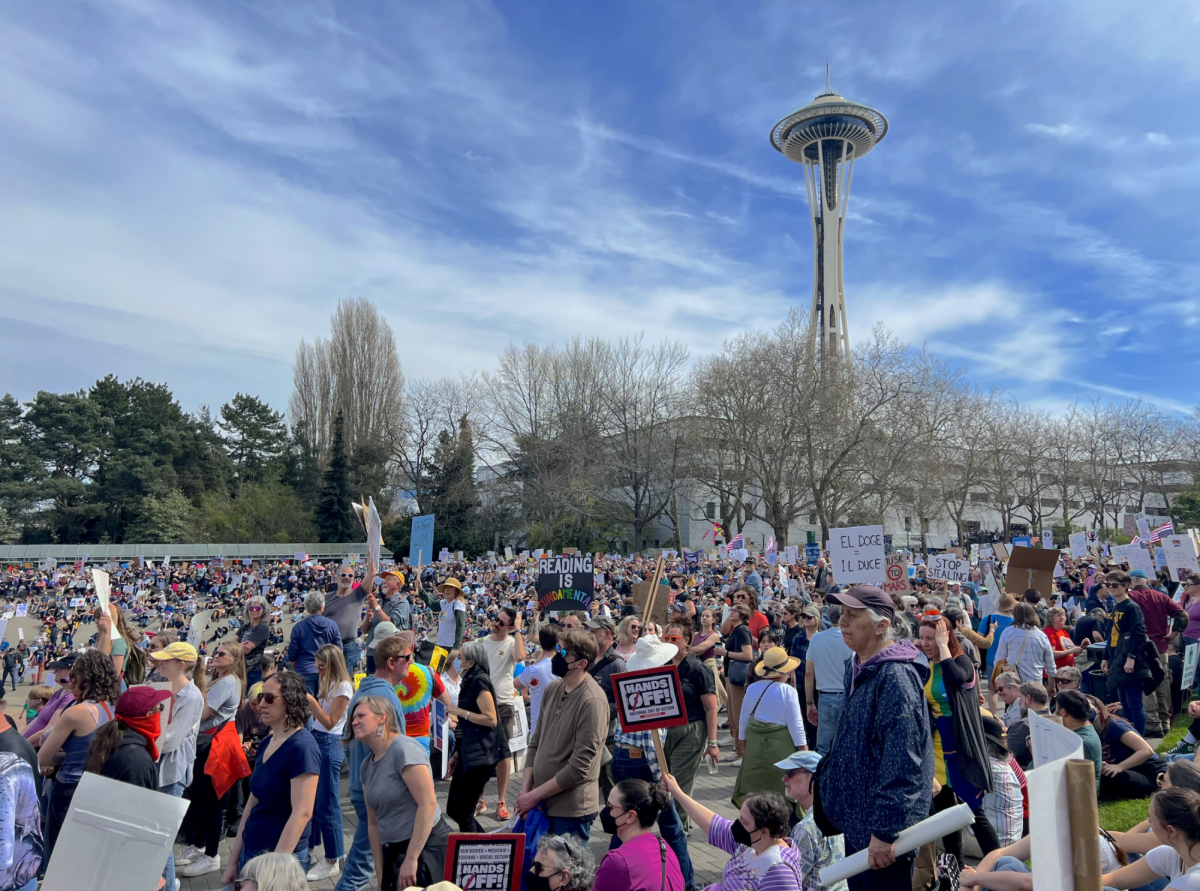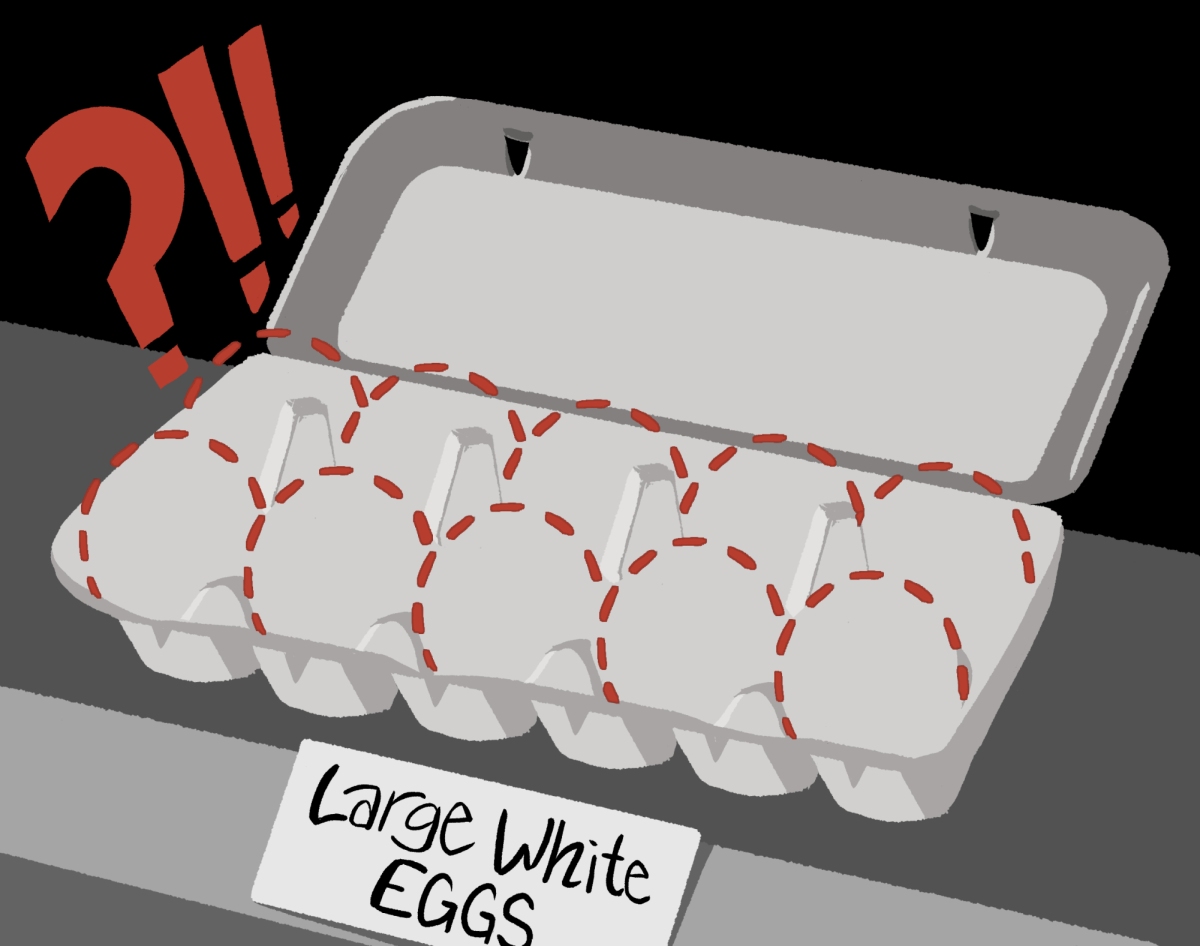The sun sets, lights flicker off and most Seattleites brush their teeth before crawling into bed for the night—but not all of them. Some will haul their belongings onto their shoulders and head to a local encampment where they will spread out their mats and sleep in a tent provided by the city. Just how temporary these tents are is the big question looming over Seattle.
Homelessness in Seattle has grown at an alarming rate in recent years. In November 2015, Seattle Mayor Ed Murray issued an official state of emergency in order to secure higher funding and planning. Today, local encampments, or “tent cities,” dot the county and provide shelter to those in need. The Seattle City Council is discussing a new bill that, if passed, would allow the homeless to legally stay on public land.
For many, the bill is concerning because most parks, planting strips and sidewalks are public property. The law outlines that if the area does not have another public use, and if there is nowhere else to send an individual with no place to sleep, they are allowed to stay. If a homeless person is found camping in an “unsuitable location,” an official complaint must be given. The city must then find an alternative public space where the camper can stay. Only after this is done will a 48-hour notice be given to said person, thereby beginning the long process of their relocation. The city must provide moving assistance, storage and personalized outreach to them throughout the relocation process.
“Tents along our roadways and in our parks. Trash piling high in our greenbelts, in our neighborhoods and along Interstate 5. It seems as if city government has been paralyzed by the confusion and conflict around homelessness. Just look at the evidence,” wrote Tim Burgess, a Seattle City councilmember who openly opposes the bill, on his website.
Finding “suitable” land and the “process” of relocation will rely on whether areas will stay sanitary, maintained and safe for public use if the homeless are residing there. The red tape leaves many questioning how long a homeless person will be allowed to camp outside schools, heavily used parks and sidewalks before action is taken. Recently, 45 hypodermic needles were found in Licton Springs Park.
“Nobody wants to be living in conditions that are unsafe and unsanitary. They [the homeless] will help place themselves. We saw that happen with the tent cities. Though the city has to then step up. Those facing mental illness and drug addiction are not able to maintain things like sanitation and disposing of needles properly,” said Julia Harms Cannon, a sociology instructor at Seattle U. “It’s important that the city has people going to these places to make sure that things are safe for the public, but also for the people using the spaces.”
An “unsuitable location” is being defined in the ordinance as “a location that has a specific public use that is substantially impeded on as a result of an outdoor living space or vehicle used as a residence in that location, and where the public lacks alternative means to accomplish the specific public use.” The city must allow camping at each suitable location for at least 30 days.
“Overall I think the legislation is well intended, but the overall implementation of the legislative will not fix the core problems of homelessness in the city,” said Lauran Keyes, a junior environmental studies major.
This bill is not meant to be a long-term plan, but rather, a transient one meant to fill the gap as city officials continue to work on creating public housing. A sunset clause has been added, stating that the legislation would only be put into effect for two years.
“The legislation aims to make our engagement with unhoused individuals more efficient and allows them to self-stabilize in the most appropriate spaces available,” said Mike O’Brien, the councilmember who originally introduced the bill, on his official website. “The [other] proposed strategies, in the best case scenario, will take two years to fully implement.”
“Pathway Homes,” a new shelter program proposed by Seattle Mayor Ed Murray, will soon become Seattle’s main strategy to combat homelessness. This program was designed to focus on getting homeless people into permanent housing. It would establish a “by-name” list of those seeking public housing, help individuals suffering mental illness receive the help they need and update cleanup protocol for trash and needle pickups.
This plan is meant to redirect the $50 million budget for homeless assistance. Right now 70 percent of it goes to emergency shelter services.
At least 4,505 men, women and children in King County were without shelter during the One Night Count in January 2016. Pathway Homes intends to hit the root of the issue to create a long-lasting impact.
As for the proposed bill, the use of public property as a temporary housing solution remains controversial.
Erika may be reached at
esilva@su-spectator.com









